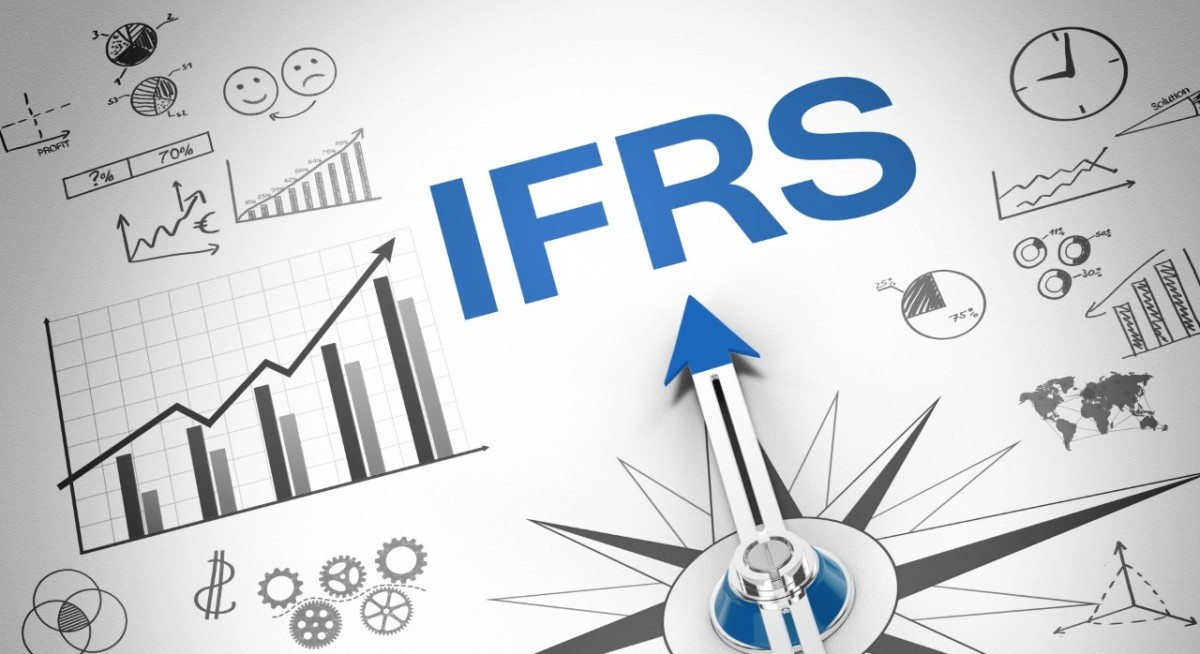IFRS 9 expected credit loss impairment model is based on the premise for providing for expected losses. This is a forward-looking impairment model.
Talking on the background of impairment model, there was IAS 39, the forerunner of IFRS 9, which uses incurred loss model assuming that all loans would be repaid until there is a triggering event indicating an impairment. Only at this point, Loan was impaired and impairment was recognized. The Global financial crisis led to the criticism of this approach as this would overstate interest revenue in the periods prior to the occurrence of a loss event hence do not provide useful financial information. The International Accounting Standard Board IASB in 2009 plan to amend the standard and hence this was amended to include expected credit loss model.
The objective of IFRS 9 Impairment model is to recognize expected credit losses for all financial instruments with in the scope of requirements. An entity should estimate expected credit loss based on past events, current conditions and reasonable and supported future forecasts. This will provide users of financial statements with more timely and useful financial information.
Some key terms are important in understanding the treatment of ifrs 9 impairment model.
Credit loss means difference between all contractual cash flows that are due to an entity in accordance with the contract and all the cash flows that the entity expects to receive, discounted at the original effective interest rate.
Lifetime expected credit losses means the expected credit losses that result from all possible default events over the expected life of a financial instrument.
12-month expected credit losses means the portion of lifetime expected credit losses that represent the expected credit losses that result from default events on a financial instrument that are possible within the 12 months after the reporting date
Past due means when a counterparty has failed to make a payment when that payment was contractually due.
Purchased or originated credit-impaired financial asset are credit impaired on initial recognition.
The basic principle is that the financial statements should reflect the general pattern of deterioration or improvements in the credit quality of financial assets. The expected credit losses are updated at each reporting date for new information and changes in information, even if there has not been a significant increase in credit risk.
IFRS 9 impairment model applies to all debt instruments at amortized cost or fair value through other comprehensive income OCI, lease receivables with in scope of ifrs 16 and contract assets with in scope of ifrs 15.
On initial recognition, an entity must create a credit loss allowance/provision equal to 12 month expected credit losses. This is calculated by multiplying the probability of default occurring in next 12 month by the total lifetime expected credit losses that would result from that default.
If the credit risk increases significantly since initial recognition, the amount will be replaced by life time expected credit losses. If credit quality subsequently improves and life time credit loss criteria not met, then the twelve-month expected credit loss is reinstated.
There is a rebuttable presumption that life time credit loss should be provided for if the contractual cash flows are 30 days past due (overdue).
The amount of impairment to be recognized depend on whether the financial asset credit quality have deteriorated since initial recognition. There are three stages as defined by ifrs 9.
Stage 1 are those financial instruments on initial recognition AND whose credit quality has not significantly deteriorated since initial recognition. The impairment here is the present value of expected credit losses that will result if default occurs in the 12 months after the reporting date (12 month expected credit loss model).
Stage 2 are those financial instruments whose credit quality have significantly deteriorated since initial recognition.
Stage 3 are those financial instruments for which there is objective evidence of impairment as at the reporting date.
For stage 2 and 3, impairment is recognized at the present value of expected credit shortfalls over the remaining life (lifetime expected credit losses).
For stage 1 and 2, interest revenue is recognized based on the instrument gross amount (NOT deducted credit losses).
For stage 3, interest revenue is recognized based on the instrument net amount (after deducting credit losses).
Let’s take an example. Canada International Bank is a Bank in western Canada. Western Canada is famous for garment industry. Canada International Bank offers personal loan and mortgages loan in the region. All loan applicants are required to provide information regarding the industry in which they are employed. Mortgage applicant must also provide post code of the property to be served as collateral.
Canada International Bank apply ifrs 9 impairment model for measuring impairment. In the year, the Canada bank has become aware that maximum garment manufacturers are losing their revenue and profits as a result of government allowing foreign investment and many are expected to close.
So, how will Canada bank apply impairment model? Canada bank should segment the mortgage loan holders to identify those who are employed by garment manufacturers and those who provide raw materials to the garment manufacturers. This segment of the loan portfolio may be considered to be in stage 2 of impairment model as there have been significant increase in credit risk. Hence, life time credit losses must be recognized.
Later in the year, Canada bank discovered more information about the loan holders who were default. Now, the loans are in stage 3 as default event have occurred. Life time credit losses should continue to be recognized. Interest is now recognized on a net basis (carrying amount less credit losses).
Under ifrs 9, the three-stage expected loss model also applies to the undrawn portions of the overdraft, credit card and other approved but undrawn facilities.
For example, Canada Bank approved a total of $10m overdraft facilities which have not been yet drawn. Canada Bank analyze that $8m is in stage 1 (with no significant increase in credit risk). Out of $8m, $4 million is expected to be drawn down within the next 12 months, with a 3% probability of default over the next 12 months.
Canada Bank considers that $2 million is in Stage 2 and $2 million is expected be drawn down over the remaining life of the facilities, with a probability of default of 10%.
Here, we should also recognize additional allowance on the undrawn facilities. Stage 1 expected credit loss will be $120000 (4m * 3%) and stage 2 expected credit loss will be $200000 (2m * 10%). The total additional allowance will be $320000.
Expected credit losses are recognized in profit or loss account and held in a separate loss allowance account which is offset against the carrying amount of the asset.
Written by Shubham Shah, Executive Director at Certified College Of Accountancy.
Certified College of Accountancy is a ACCA Platinum approved learning provider in Nepal running ACCA Chartered Certified Accountancy classes in Nepal since 2006.






